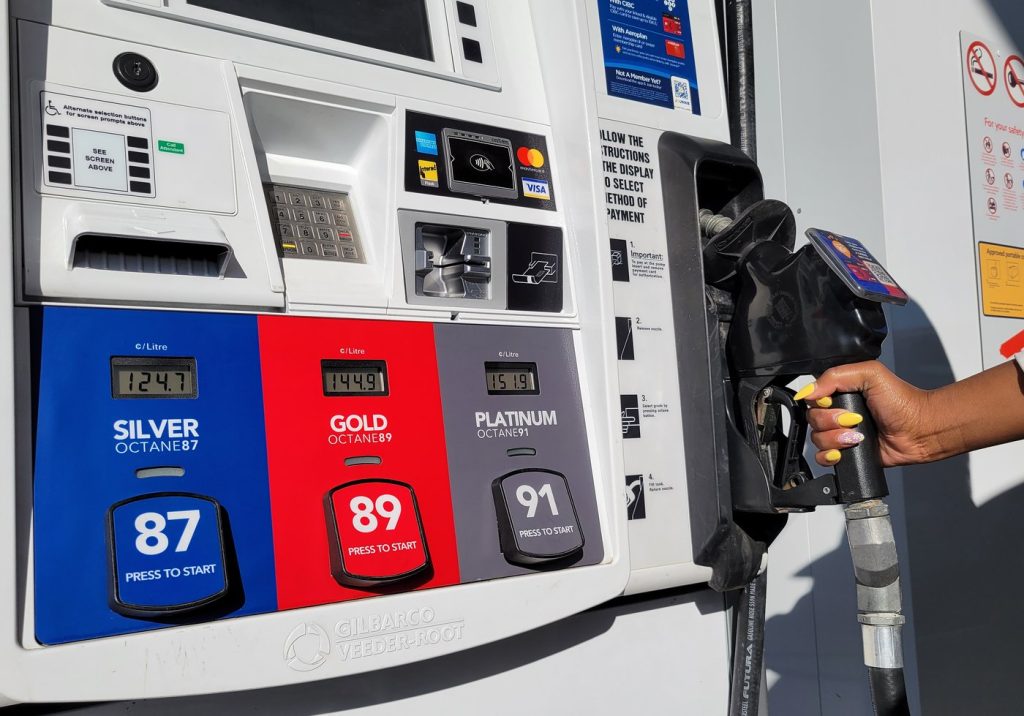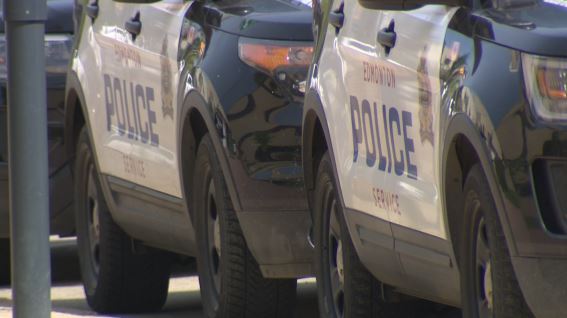Alberta pitches new rules for auto insurance, including rate hikes, no-fault claims

Posted November 21, 2024 7:52 am.
Last Updated November 22, 2024 9:44 am.
Alberta Premier Danielle Smith says her government is making major changes to auto insurance, including rate hikes and switching to a predominantly no-fault claims model.
Under the new system, car accident victims in most cases won’t be able to sue the party responsible for their injury and, instead, insurers would pay compensation at rates set by the government.
By cutting down litigation costs, the government estimates that when the new system is in place in 2027, it could lead to savings of up to $400 per year for the average insurance premium.
It’s also promising better support and benefits for those hurt in collisions.
“This is a care-focused system,” Smith told a news conference at the legislature Thursday.
“Instead of forcing people through complex legal processes in order to get the treatment that they need, the system default will be that those injured in collisions get the care they need to recover.”
Until the new model kicks in, insurers will be allowed to raise rates for good drivers up to 7.5 per cent each year, starting in January.
The government said the hikes will help insurers pay rising legal costs and payouts along with covering off the impacts of natural disasters like hailstorms.
The 7.5 per cent cap is more than double the United Conservative government’s rate increase cap of 3.7 per cent, which is set to expire at the end of the year.
The province also rolled out some of the details of the new system.
Among the changes, crash victims will be able to sue at-fault drivers for pain and suffering if the at-fault driver is convicted of a criminal offence, such as dangerous driving or impaired driving.
If expenses go beyond what’s covered by the standard benefits, injured parties could also sue for out-of-pocket expenses.
The government plans to create an independent body to allow those injured in traffic accidents the ability to appeal decisions made by insurers.
Good driver rates won’t apply for drivers who switch insurance companies.
The changes mirror the kind of litigation currently allowed in Saskatchewan’s no-fault, public system.
Based on government-commissioned reports, the changes could lead to the loss of between 650 and 800 legal support jobs.
The province has declined to move toward a publicly delivered insurance system, despite estimates it would save drivers even more money in premium payments.
Smith has pointed to prohibitively expensive startup costs approaching $3 billion for a public system, not to mention the loss of thousands of private sector jobs.
Alberta NDP Leader Naheed Nenshi said the price tag for setting up a public option is dwarfed by how much extra Albertans pay in premiums.
“(Smith) is basically saying, ‘I don’t want to spend the money, but you get to spend the money when you pay your premium every month,’” Nenshi said.
He said the UCP’s solution will only lead to higher premiums.
The moves come after the Insurance Bureau of Canada warned the insurance “crisis” was only hurting drivers. Two private insurance companies have recently left the province while citing the squeeze of higher costs.
The Alberta Superintendent of Insurance estimates one-third of the 67 auto insurers in 2023 lost money on the insurance.








